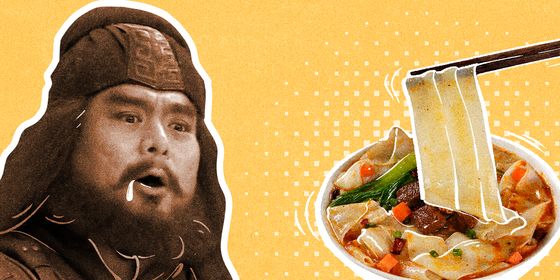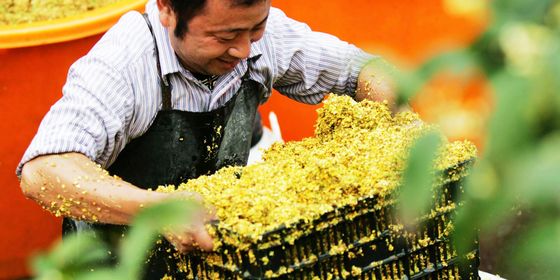Underrated Shandong cuisine, or Lu cuisine, has history, originality, and methodology to go with its taste
Shandong cuisine, or Lu cuisine (鲁菜), is regarded as the premier of the Eight Culinary Traditions of Chinese Cuisine by many, a testament to its history, originality, methodology, and wider impact on northern cuisine.
The famous Peking duck, for instance, was said to have been influenced by Shandong cuisine—from its flavor to the method of wrapping it with spring onion in pancakes. The tastes, methods, and ingredients of Lu cuisine can be found across various regions in the North.
Lu cuisine was first developed during the Spring and Autumn period (770 – 476 BCE), when Shandong was a territory of the Qi and Lu states. The area was economically developed because of the fertile plains and proximity to the sea, and this prosperity translated to the consumption of abundant seafood, grains, and sea salt.
Dishes gradually spread to northern China, including Beijing and Tianjin. Imperial dining was also heavily influenced by Lu cuisine, which was later spread among the masses after the fall of the Qing, permanently elevating the status of Shandong flavors.
In recent years, with the rise of other cuisines—especially Sichuan cuisine, characterized by its hot peppers—some say Shandong food has lost its popularity and influence among young people. It's worth noting, however, that the culinary methods used in Shandong have been adopted by most Chinese people in their daily cooking. For example, stir-frying green onions, ginger, and garlic in hot oil before adding meat or vegetables is a traditional method used for Shandong dishes.
Shandong cuisine is divided into three styles: Jinan, Jiaodong, and the Kong Family Feast.
The Jinan regional style is the core of Shandong cuisine, evolving around the provincial capital, famous for its broth and its meticulous preparation methods.
The Jiaodong style encompasses dishes from parts of eastern Shandong nearest to the ocean. This style is characterized by seafood dishes with a variety of light tastes, using scallops, prawns, clams, sea cucumbers, and squid.
Broth is an indispensable part of Shandong cooking, with an emphasis on three types: raw, light, and milky. The light or clear broth uses chicken, and sometimes small pieces of pork, and is brewed over a low heat. The milky broth usually uses pork bone or belly, and is stewed for hours to give it a white coloring.
Signature Shandong Dishes
Nine-turned Pig Intestine (九转大肠)













